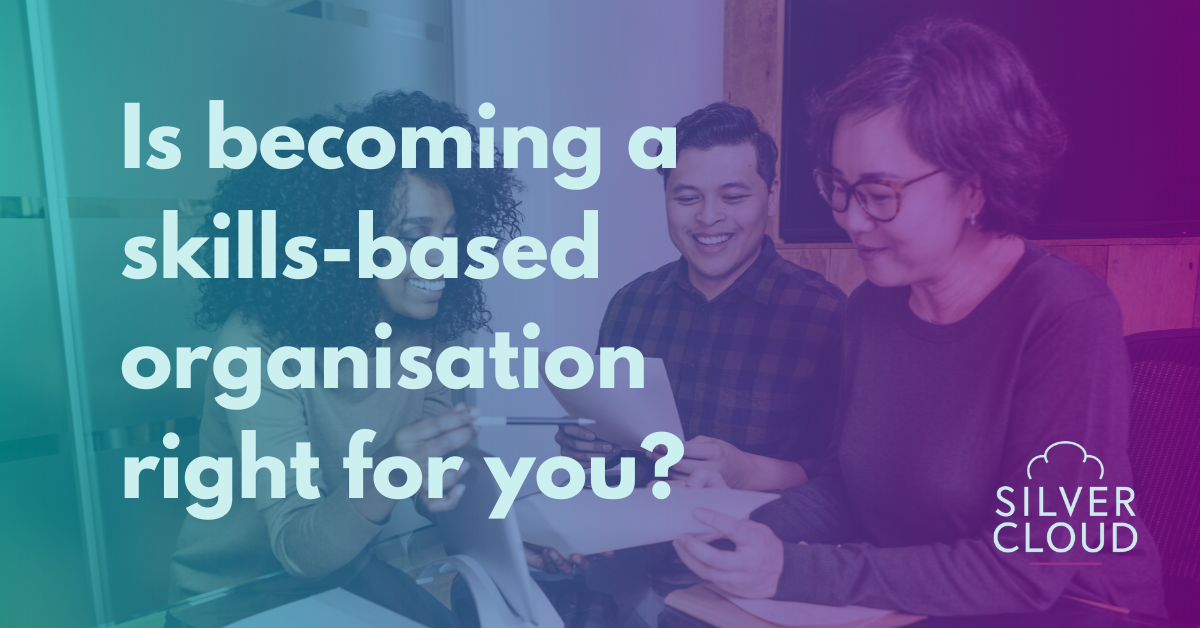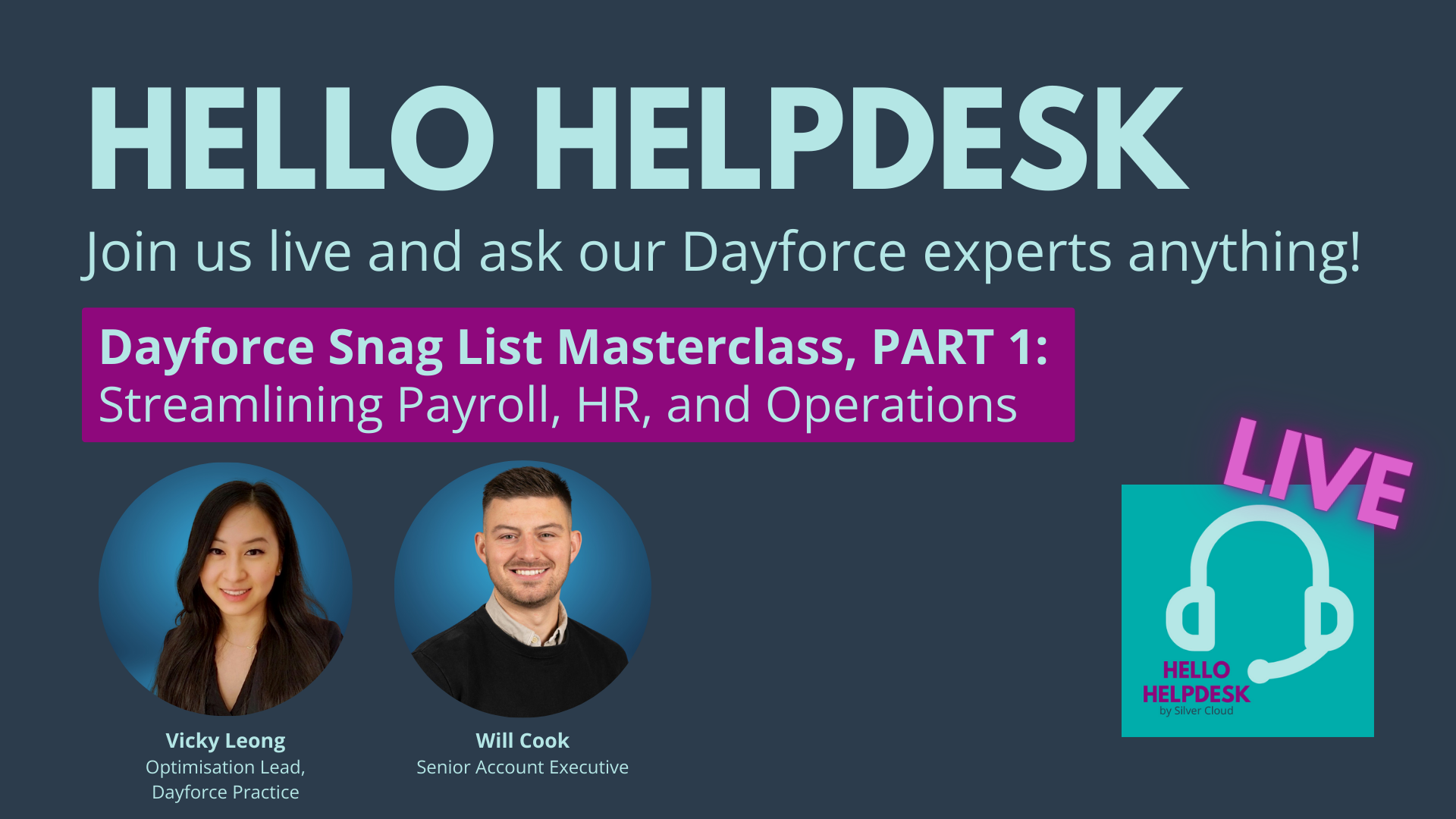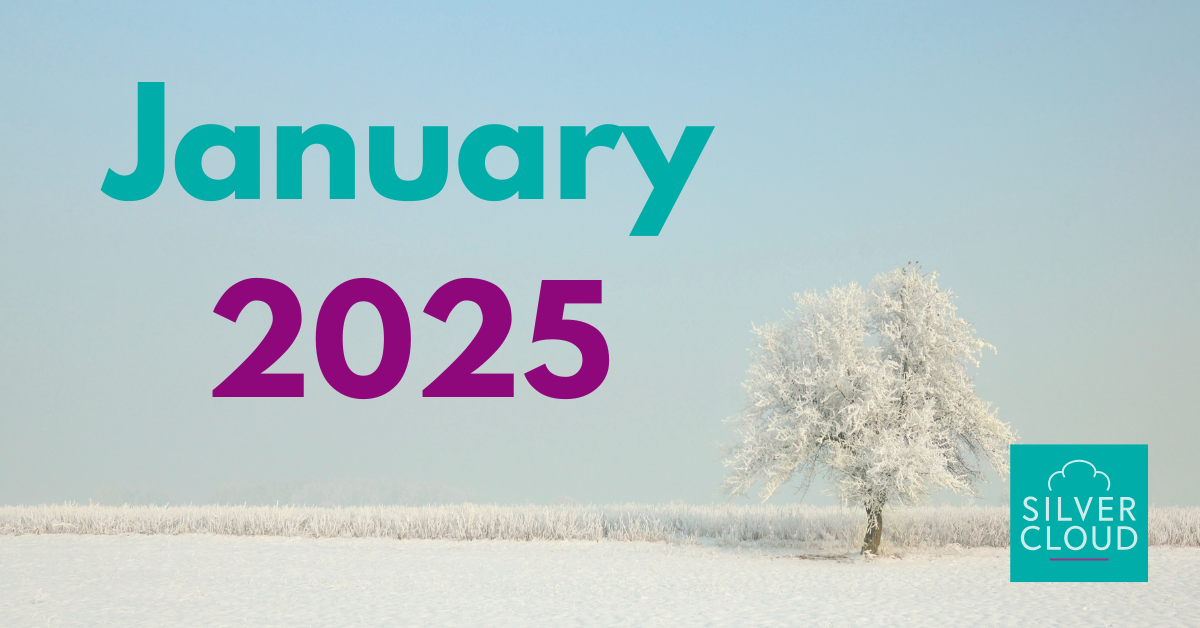Our HRIS Selection Process Explained | Silver Cloud HR
by Admin
Our HRIS selection process explained
Your HRIS needs to be usable, engaging, and scalable. Most importantly, it needs to work alongside your core business processes and provide you with insights that will enable your business to thrive.
Selecting HR software that can do all of this and more is a multi-step process. Before listing your requirements, it helps to understand what options are available to you - this is what we refer to as the ‘information gathering’ stage: a crucial part of the selection process.
Information Gathering...
01
Agreeing the scope of the project
The first step is to agree on the scope and guiding principles for the project through meetings with senior HR management and members of the leadership team.
Points we consider:
- Does the HRIS need to address any industry-specific needs?
- Does it need to fit with a bigger business agenda?
- What are the likely project risks?
- What does your future HR operating model look like?
02
Engaging with senior colleagues
These are the people who are closest to the business, i.e. departmental leads. Their views are key to the selection of the system. Not only will they be responsible for initiating various HR processes, they understand the data needs of their department.
Points we consider:
- What are managers’ experiences of current HR processes?
- How easy is it for them to access employee data?
- How is employee data used to make department business decisions?
03
Reviewing HR systems, data and reporting
We review existing HR systems to understand their functionality and current frustrations. By looking at the existing workflow capability we can explore a range of suitable software solutions.
Points we consider:
- What’s the current relationship with the existing vendor?
- How is reporting performed?
- What’s the usability of your current system like?
- What are your specific HR pain points?
04
IT Considerations
With cloud-based systems, the involvement of IT will be reduced compared to an on-premise system, but it is important to involve them in the process from the information gathering stage.
Points we consider:
- What are the integration requirements with other departments?
- What are the current data security processes and sign-off procedures?
- Are there any data migration issues to consider?
05
Recruitment
Many HRIS solutions offer integrated recruitment resources. If recruitment or talent acquisition is in scope for the project, we consider the current ways of working and the desired ways of working.
Points we consider:
- What are your recruitment challenges?
- What do your existing recruitment processes look like?
- Is the current applicant experience cost-effective?
06
Learning and Development
If learning is in scope for the project, we consider the current learning and development framework and the future needs of your business. If learning is not in scope, it is still useful to meet with the learning and development team to identify whether there are any dependencies on people data.
Points we consider:
- How is learning currently managed across the business?
- How are development needs identified?
- Are there any skills gaps that technology could help address?
07
Finance and Payroll
Finance may have requirements for reporting, cost centres and processing payroll data into the general ledger. Payroll, if in scope, is an area that requires detailed planning and commitment to timescales. Therefore, it is important to establish the current ways of working from each payroll owner and what they would like to see from a new system.
Points we consider:
- How does the current payroll system integrate with HR?
- Do you want to keep your current payment solution?
- What process changes would need to happen of a new payroll solution was introduced?
08
Performance and talent management
Identifying, nurturing and recognising talent is key to an organisation's success. It is therefore important to establish how performance (including appraisals, succession planning and reward) is currently managed and how far tools and strategies align with both best practice and the needs of the business.
Points we consider:
- What are the current challenges?
- Are appraisals conducted annually or has the business adopted a more effective, continuous approach to performance management?
- How is feedback collected from team members?
- Is there a strategy in place for succession planning and does this take into account future talent needs?



